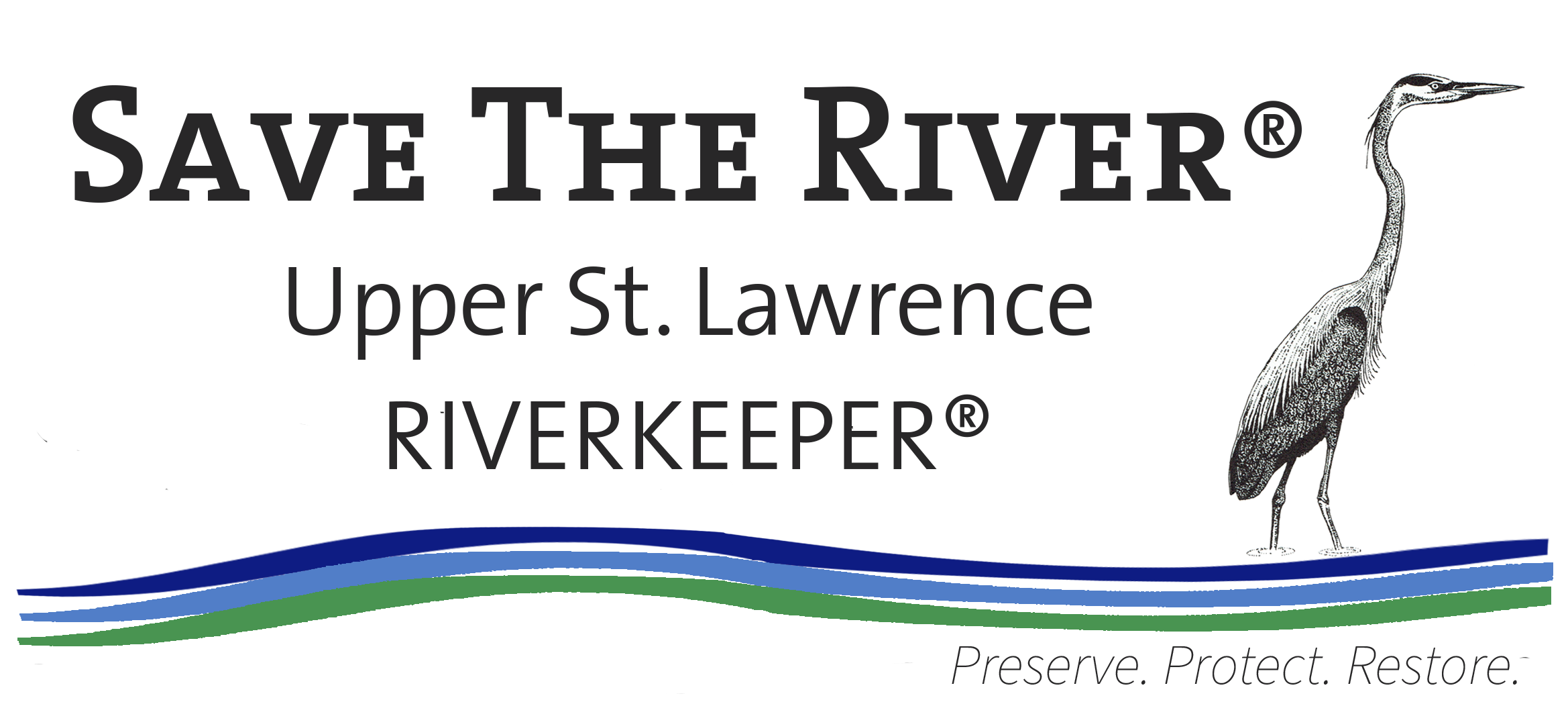Originally published by The Palladium-Times on February 21, 2020.
OSWEGO — A ban on single-use plastic bags, which have long served as a cheap option for businesses and customers to carry products, will go into effect on March 1 in the state of New York, leaving businesses such as grocery and drug stores to search for a different way for customers to transport items.
Being that paper bags cost more than plastic ones, area businesses want to be clear that the customer is going to pick up the slack for the extra cost. Diane Vickery, a manager at Paul’s Big M, said the price for a paper bag is an extra 10 cents per bag for the customer. The better option, in Vickery’s opinion, is customers bringing reusable bags to buy groceries. Paul’s sells the reusable bags for $1.19.
“I think it will be more for the customers getting in the habit of bringing the reusable bags,” Vickery said.
Vickery said she also forgets to bring her reusable bags when she grocery shops.
Joe Garafolo of Garafolo’s Importing said it’s important that customers “realize they’re going to absorb the cost.”
“We can’t absorb all of it,” Garafolo said.
Garafolo’s also began selling reusable bags a few months ago. Garafolo said it’s a matter of people getting used to bringing them to the store.
Both Vickery and Garafolo said they are in support of the plastic bag ban, but believe there will be an adjustment period.
Representatives from Walmart, Price Chopper, and Kinney Drugs did not respond to requests for comment by press time.
Although they are a convenient and cheap way to deliver groceries from the store to a customer’s vehicle, plastic bags create large amounts of waste and have a negative impact on the environment.
According to the state Department of Environmental Conservation, New Yorkers use an estimated 23 billion plastic bags annually and about 85 percent of those end up in landfills, recycling machines, waterways and streets.
“New York continues to be a national leader on environmental issues, and the plastic bag ban is the latest in a series of actions Governor Cuomo has directed to preserve our air, land and water for future generations,” DEC commissioner Basil Seggos said in a release this week.
John Peach, director of Save the River, an environmental organization which strives to protect the St. Lawrence River and its surrounding watershed, told The Palladium-Times that plastic bags take generations to fully break down and that studies have shown plastic particles have been found in the stomachs of humans and animals, even in the Great Lakes region.
“It’s going all the way through the food chain,” Peach said.
Peach said the ban is a move in the right direction. His organization also wants the state legislature to look at a ban on Styrofoam, which can have similarly negative effects on the environment.
The state’s law includes a specific definition as to what a reusable bag is. The stipulations include that it must be made of cloth or machine washable fabric or other non-film plastic washable material, have a minimum lifespan of 125 uses and be able to carry 22 pounds over 175 feet and have at least one strap or handle that does not stretch.
There are also several types of plastic bags that will be exempt from the ban. Among these are trash bags, newspaper delivery bags, a few different types of food storage bags, carryout bags used at restaurants and bags used by pharmacies to deliver prescriptions.
On Thursday, Gov. Andrew Cuomo announced the launch of the “BYOBagNY” campaign, to “ensure that New Yorkers are aware of the March 1 ban on single-use plastic bags.”
“Right this minute, plastic bags are hanging in trees, blowing down the streets, filling up our landfills and polluting our lakes, rivers and streams — all hurting our environment,” Cuomo said. “Twelve million barrels of oil are used to make the plastic bags we use every year and by 2050 there will be more plastic by weight in the oceans than fish. We took bold action to protect our environment and ban these environmental blights and with this campaign we’re going to make sure New Yorkers are ready and have all the facts.”
California was the first state to pass a law banning plastic bags, in 2014. Since then, seven other states, including New York, have passed similar laws, and Maryland has a bill on the table.
According to the United States Environmental Protection Agency, plastic containers and packaging, including bags, bottles and wraps, produced over 14 million tons of waste in 2017. In that same year, the total number of plastics generated in the U.S. was over 35 million tons, up from 6.8 million in 1980.
Cornell University’s Mildred Warner, a professor of city and regional planning, said the law’s “hybrid system” of both a ban and a fee on alternatives “borrows from best practices.”
Warner says there’s more that could be done to make the law as effective as possible.
“Where the law could be improved is in allowing counties to impose a higher fee — close to the actual costs of the plastic bag cleanup,” Warner said. “Reserach from other cities shows that if there are loopholes, such as the ability to get around the thickness requirements, the plastic bag manufacturer and retailers will do it. This is another reason to include a fee for any alternative — paper or plastic.”
